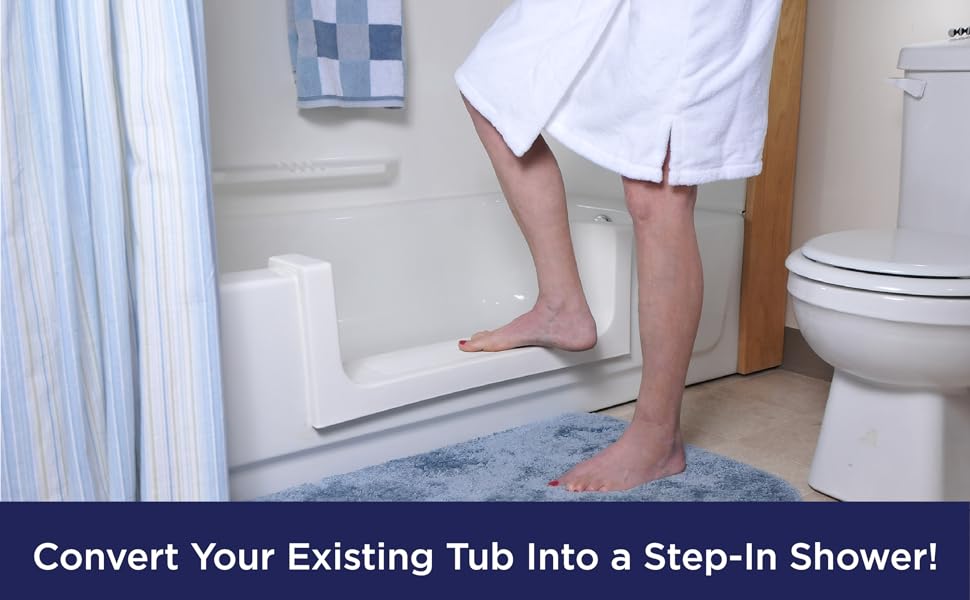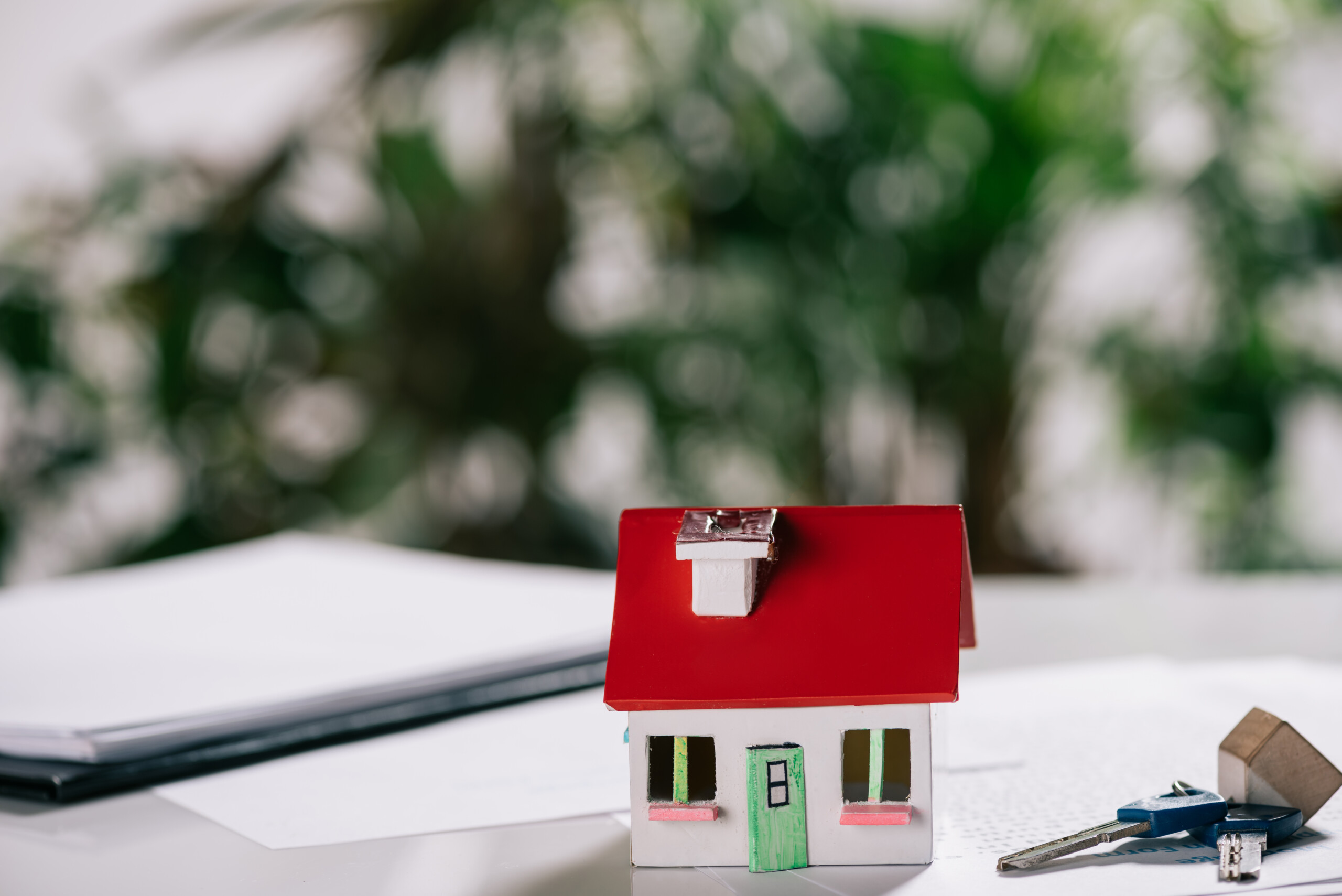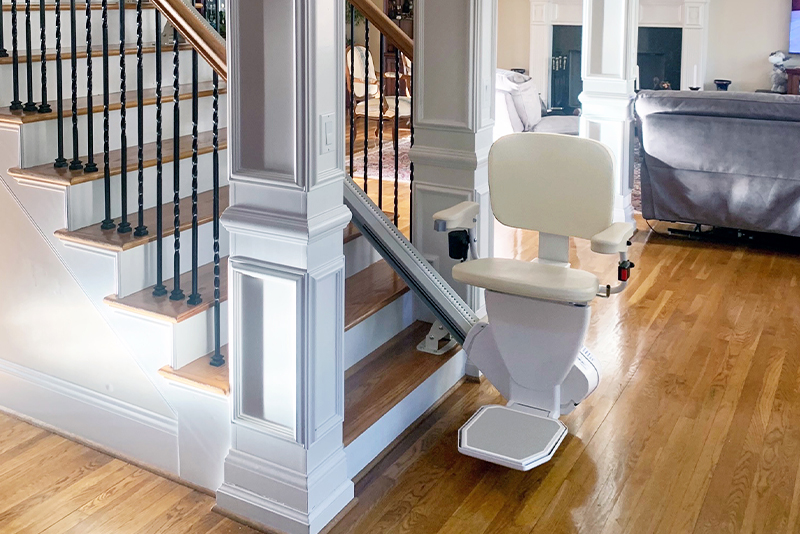by leeashworth61
Share
by leeashworth61

As the population of older adults continues to grow, more and more seniors are choosing to age in place—that is, to remain in their own homes as they grow older, rather than moving into assisted living facilities or nursing homes. In fact, according to a survey by AARP, nearly 90% of seniors want to stay in their own homes as they age.
There are many benefits to aging in place, both for seniors and for society as a whole. For seniors, remaining in a familiar environment can provide a sense of comfort, independence, and dignity. It allows them to maintain their social connections and continue to participate in their communities. Additionally, aging in place can be more cost-effective than moving into a senior living facility.
However, aging in place also presents some challenges, particularly when it comes to safety. Falls are a major concern for older adults, and they can have serious consequences. According to the Centers for Disease Control and Prevention (CDC), one in four Americans aged 65+ falls each year. Falls can lead to injuries, such as hip fractures and head trauma, and can even be fatal. In fact, falls are the leading cause of injury-related deaths among older adults.
To reduce the risk of falls and make aging in place safer, many seniors are turning to home modifications. These can include installing grab bars in the bathroom, adding handrails on stairs, improving lighting, and removing tripping hazards like loose rugs. By making these changes, seniors can reduce their risk of falls and maintain their independence for longer.
In addition to the safety benefits, aging in place can also be more cost-effective than moving into a senior living facility. According to a report by Genworth Financial, the median monthly cost of assisted living in the United States is $4,300, while the median monthly cost of a private room in a nursing home is $8,821. In contrast, the cost of home modifications and in-home care can vary widely, but they are often much less expensive than moving into a facility.
For example, installing a grab bar in the bathroom might cost a few hundred dollars, while hiring a home health aide for a few hours a week might cost several hundred dollars per month. These costs can add up over time, but they are still often much less than the cost of assisted living or nursing home care.
Of course, the decision to age in place is a personal one that depends on many factors, including health status, financial resources, and family support. Some seniors may require more extensive care than can be provided at home, while others may prefer the social interaction and activities offered by senior living communities.
However, for many older adults, aging in place is a viable and appealing option. By making home modifications and taking advantage of in-home care services, seniors can maintain their independence, safety, and quality of life while avoiding the high costs of institutional care. As the population of older adults continues to grow, we can expect to see more emphasis on supporting aging in place and developing innovative solutions to help seniors thrive in their own homes.
An affordable solution to enhance accessibility and reduce fall risks.
Discover how in-law suites can provide independence and comfort for your aging loved ones while keeping them close to family.
Ensuring Safe and Easy Access to All Levels of Your Home
Don't Compromise Safety and Accessibility in Your Senior-Friendly Home Renovation







